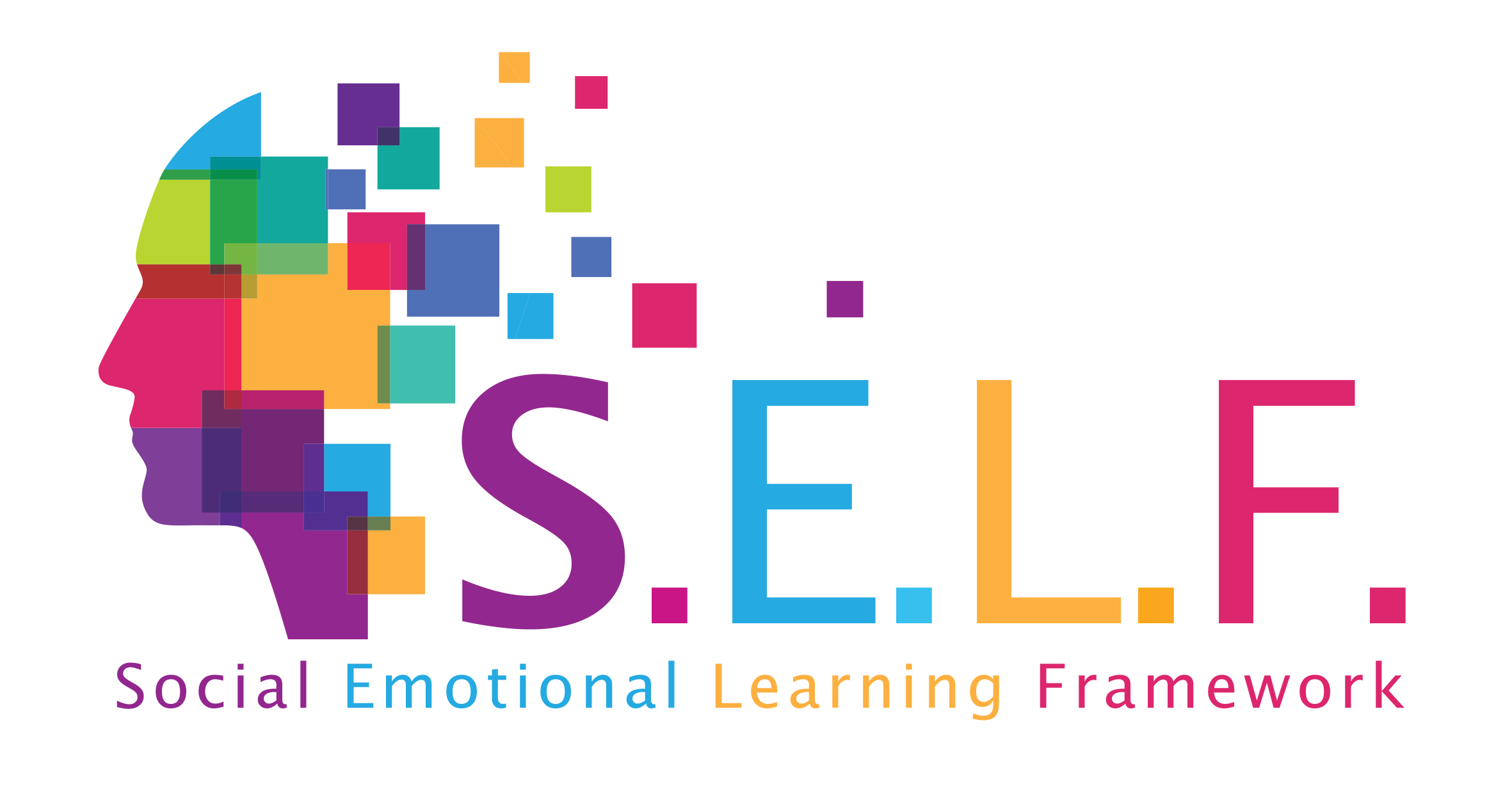Creative Drama Activity: Diversity in Emotions
Practice:
Preparation (15 minutes)
(5 mins)
The teacher hangs the emotion cards on the board. S/he asks the children to review these cards.
(2.5 minutes are allocated for person A and 2.5 minutes for person B.)
After the cards are reviewed, the teacher hands out a piece of paper to everyone and asks them in what cases they experience these feelings and asks them to write them.
I feel happy when …….
I feel fun when …….
I feel sad when …….
(5 mins)
Then the children pair up. Person A tells Person B what emotions s/he feels in what situation. Person B only listens to what his/her friend says. Then Person B explains Person A what emotions s/he feels in what situation. Person A only listens to what his/her friend says.
Warm up (5 mins)
The teacher asks the children to walk in the hall, with facial expressions that match with his/her instructions.
– Children, now please wander freely in the area.
– Walk by observing each other.
– Look into each other’s eyes.
– Now walk in an arrogant, satisfied, joyful, angry, happy, overwhelmed, sad, selfish, impatient, enthusiastic, bored, hectic manner.
Activity: Mirror (15 minutes)
The group pairs up in two. One child becomes the mirror and the other becomes the one who looking into the mirror. The child looking into the mirror asks the other one to act like a reflection of him/her by making various gestures and movements. After a while, the roles change. The teacher asks for the following emotions to be imitated: helpless, embarrassed,
calm, astonished, relaxed, compassionate, impatient, fit, hurt, satiated, limited.
Activity: Emotion Network (10 minutes)
A large ball or string is used. Children create a circle and sit on the floor. The teacher joins the circle and sits on the floor. The teacher holds the end of the rope in his/her palm, wraps it around his/her wrist once, then calls the name of the person in front of him/her and slowly throws the rope ball to him/her. This process continues until each player is tied to each other with strings. When the last player is tied and the ball is rewound in the same way as in the beginning, the teacher asks everyone to say a positive feeling about the person to whom the string is thrown. These expressions of emotion on the one hand are noted down on a piece of paper.
Game: Tangled (20 mins)
The group forms a circle and remains standing. The teacher asks everyone to hold the left hand of a person in front of them with their left hand. Then they hold the right hand of another person in front of them with their right hand. Children must hold the right hand of another person, not the same person; and the hand of the person in front of them, not next to them. This instruction is repeated because it is important. Thus, they become tangled. The leader asks how they feel right now. Then they are asked to untie this tangle
without ever letting go of their hands.
Improvisation (20 minutes)
The group is divided into two. Emotions noted in the emotion network are put into a bag. Each child is asked to draw one of these emotion expressions. The group is asked to perform a drama to reflect the emotions they have chosen.
Designing A Shared Emotion Board (15 minutes)
Children draw pictures about the emotions of their choice and place them on the emotion board. While placing them, they explain in what situation they felt these emotions to the class.
They share with the class how they feel when starting each day. You can perform the activity in the form of a circle if you can. And if you are a branch teacher, you can do this by asking the children about their feelings while taking attendance. Thus, the children say whatever they feel that day and make an explanation.
When to Use
Age Level
Duration
80 mins
Materials
music, blackboard and pen, various stickers, names, stamps.
